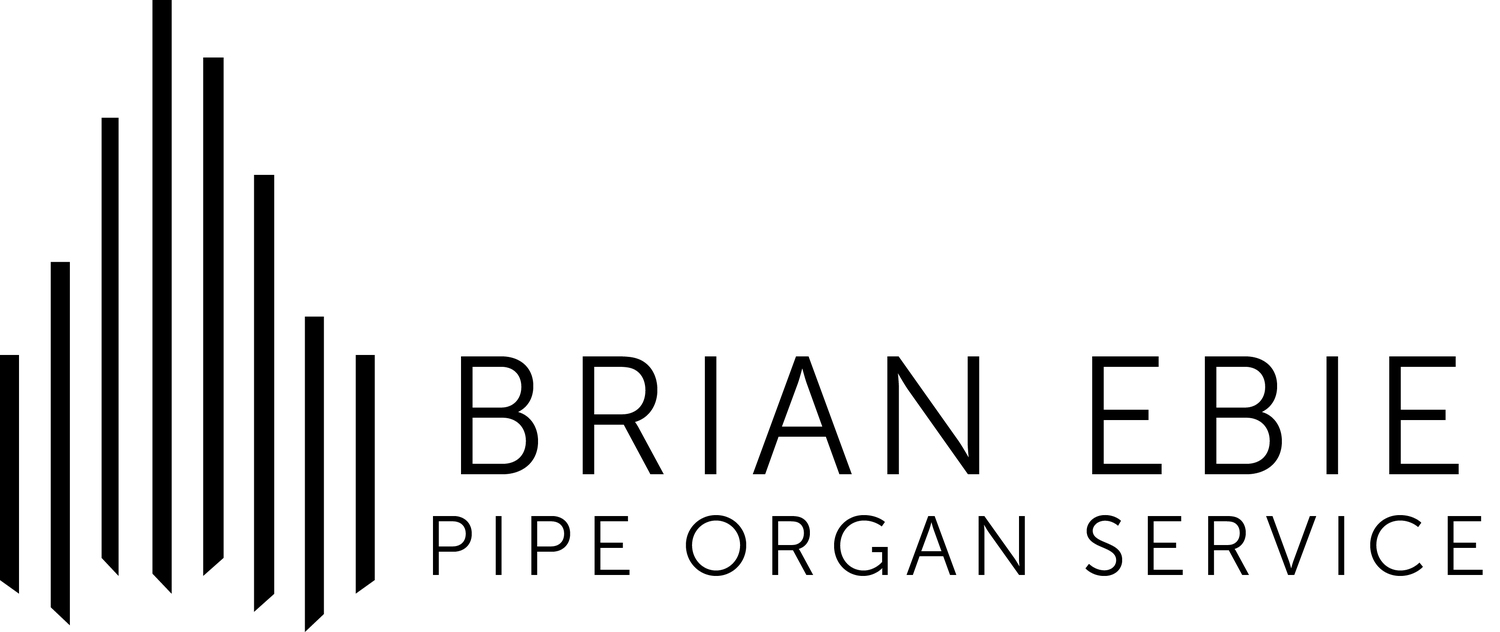A Checklist for Organ Practice
This document provides the organ student with an outline of how to approach learning a piece of music. Activities to stimulate learning and retention from pre-practice to followup and evaluative assessment are included in this brief outline. Perhaps a bit idealistic here and there, but nonetheless a solid primer on building one's skills or returning them to a higher level of musical comprehension and executive ability.
PRACTICE TECHNICS
I. PRE-PRACTICE Away from the keyboard
- Decode the score - analyze for understanding
- Determine structure of piece – which parts are the same and which present different challenges.
- Identify scale and chord outlines in order to plan fingering. Note key changes and probable spots for registration changes
- Determine starting points for practice - list by number in the score
- Form a conception of the music - tactile and visual - hear it in your head
II. BEGINNING PRACTICE
- Warm up at the keyboard with manual and pedal scales beginning at a slow tempo;
- Play a familiar hymn
- Work out three basic rudiments in each piece: NOTES, RHYTHM & FINGERING
- Work in small sections concentrating on one technical challenge at a time
- Be consistent with similar passages that occur through a piece.
- Use the same fingering on the same patterns wherever possible. Use fingering that helps you play the correct notes and rhythm
- Analyze problem spots - correct them and reinforce by several repetitions
- Work corrected spots into the texture of the piece by beginning a few measures before and continuing a few measures following them
- Practice slowly with a metronome for consistent rhythm
- Practice pedaling on floor while seated in a chair to gain an overview of foot and body movement
III. REFINING PRACTICE
- Approach errors with curiosity and objectivity; i.e. what is causing this spot to be difficult? How can I take the parts apart and correct the errors?
- Avoid mindless repetitions at fast tempi. Vary repetitions to keep them fresh and avoid overuse of the same muscle groups
- Practice in dotted rhythms to improve coordination, accuracy and steadiness
- Avoid tension in your hands, arms and ankles. Incorporate hand and arm rotation principals into all playing. At the first sign of pain stop playing and observe what you were doing and how. Determine how to play the problem passage without tension and discomfort.
- Begin practice at different parts of a piece each day and be able to start at any of these section set weekly practice goals; i.e. be able to play last two pages of Bach at a slow tempo with all notes and rhythms correct.
- Conduct the piece all the way through away from the keyboard.
- Keep in mind the adage that practice may not make perfect, but it does make permanent.
- Practice the way you hope to play the piece.
- Memorize difficult passages sections for technical and mental security
IV. ON-GOING PRACTICE
- Set realistic short-term and long-term goals
- Consider how a practice technique used in learning a piece can facilitate learning a similar piece
- Use practice as a preparation for performance; play for others regularly to gain experience in playing under pressure.
- Record and listen to your own playing with a positive mindset – what sounded really good as well as what areas had glitches
- In order to develop your own concepts of interpretation, listen to three performances of a work that you are learning as recorded
- by competent performers. What do you like in what you heard? Which ideas might you want to incorporate in your playing of the piece?
- Which ideas did not like and why?
- Enjoy plateaus and look forward to the next level of learning and playing
Follow this link for a downloadable PDF of this list.
All materials courtesy of Drs. Barbara MacGregor and Brian Ebie
© Brian Ebie 2015. All rights reserved.


